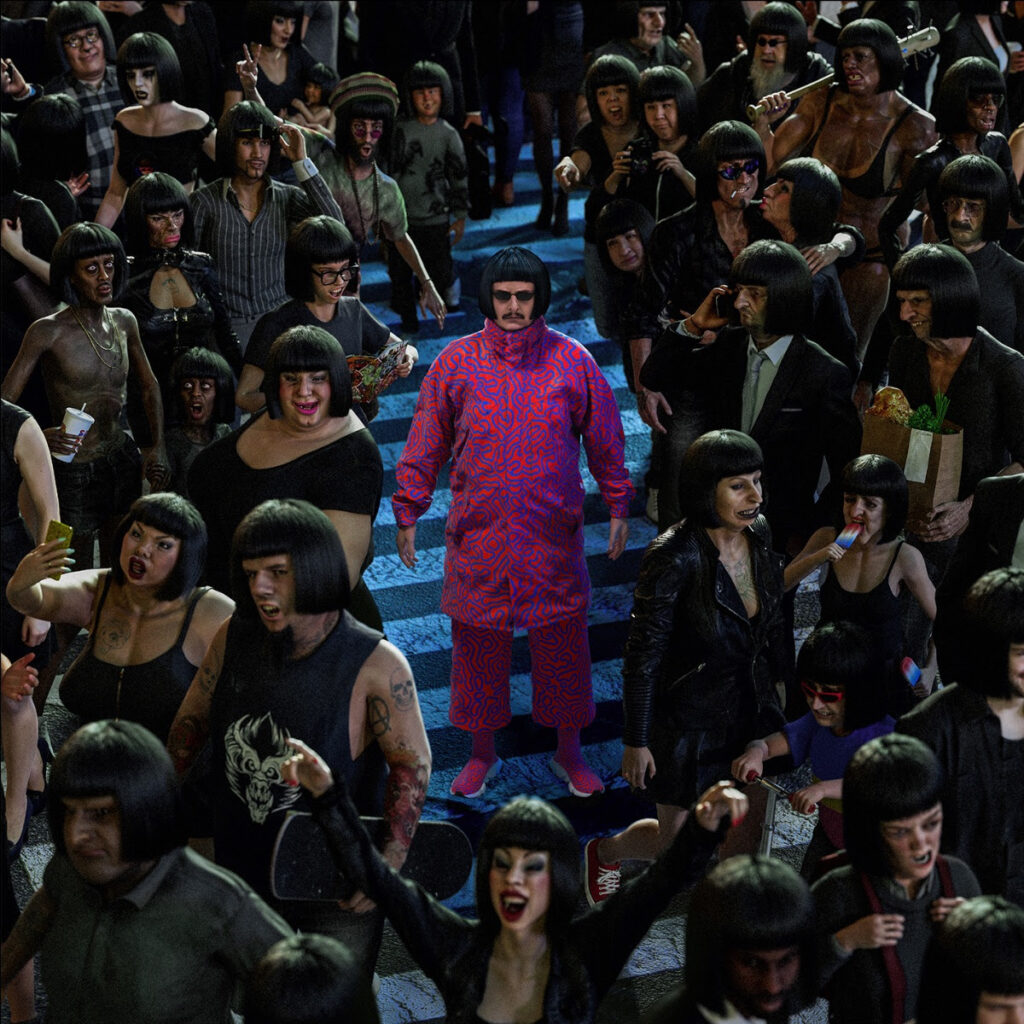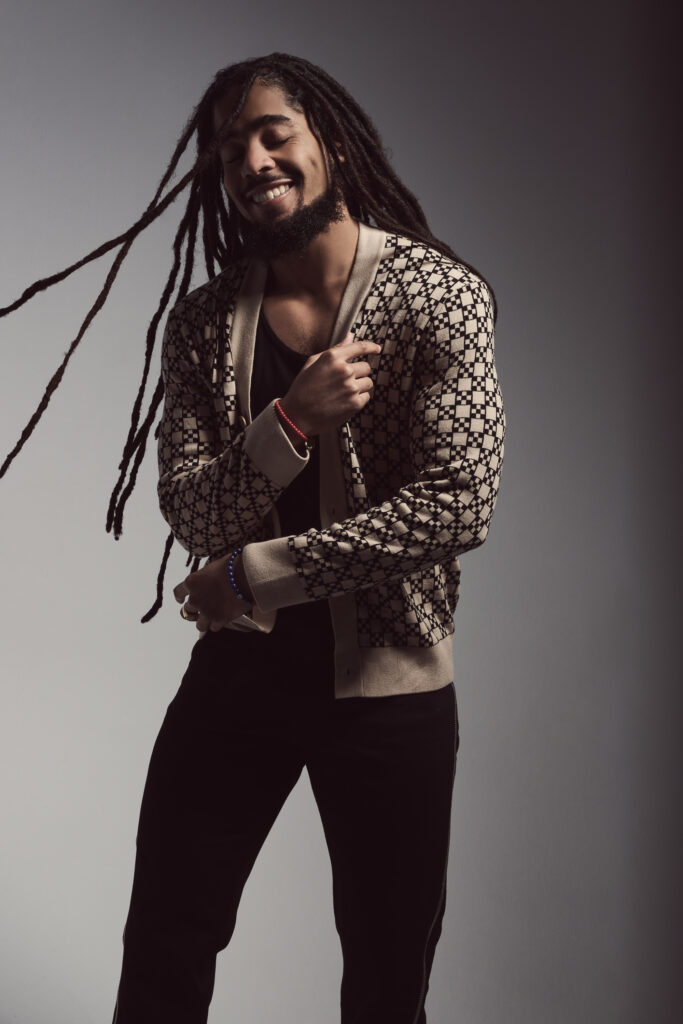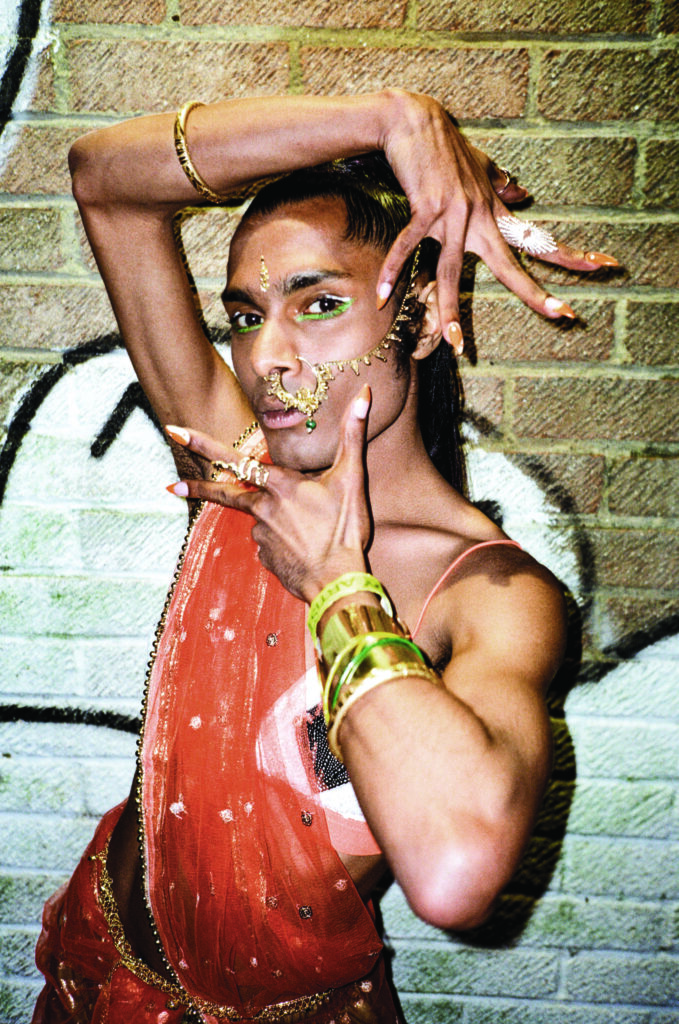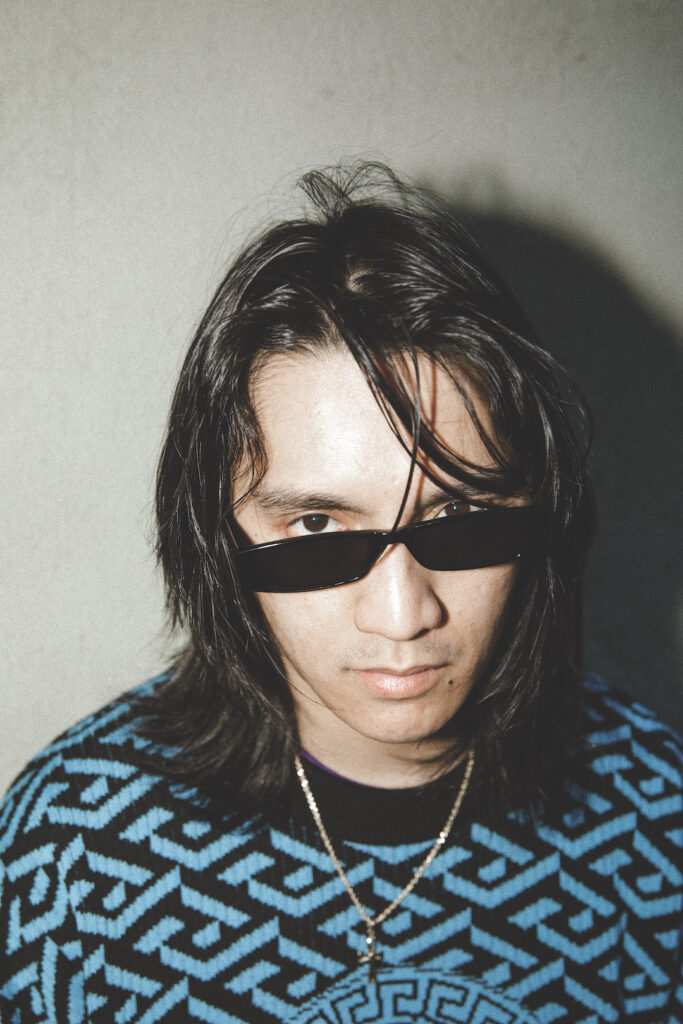London-based Artist Nettie Wakefield Creates (White) Space
WORDS by JOSH JONES
PHOTOGRAPHY by DAN WILTON
Artist Nettie Wakefield is never not with a pencil. But it comes at a cost. “Never put a sharp pencil in your pocket. Never do that,” she says, looking me dead in the eye. “Because I have a stab wound on my thigh from the other day because I had one in my pocket, sat down and it stabbed me in the pelvis.” Apart from the obvious pitfalls of always carrying one about her person, she finds the humble pencil a necessary tool of expression. It’s a great leveler. “There’s nothing I don’t really use a pencil for. It is essential, the pencil. I don’t know how to do oils at all. I like a 2H and I like an 8B and all the rest you can kind of take them away. I also like a mechanical pencil, like those really cheap ones you click and get from the corner store for £1.99 [$2.75]. Those are very useful. But the really annoying thing about 8Bs is if you drop them on the floor, then the lead breaks all the way down inside the pencil. So, don’t drop your pencil, and don’t stab yourself.”
On a recent private commission, she’s drawn some highly detailed skulls, tis- sue and CT scans for a plastic surgeon. “Things I’d never usually draw, which is interesting.” Nettie went through four white pencils just on one skull drawing. “I got a blister doing that,” she tells me in her central London studio. A series of draughty and ramshackle but colorful buildings set on an old railway bridge. They sit in the shadow of the capital’s 72-story skyscraper—The Shard—as if in defiance of the ever-encroaching blandness of property developers. “I get blisters all the time. The way I hold the pencil means it rubs on my knuckle and I have to wrap surgical tape around it as a preventative measure. Yeah, it’s really hardcore.”


Heralding from South West London, Nettie’s found herself somehow in a world that straddles fine art and street art. “It’s interesting how I get clumped in with street artists even though I’ve never done anything remotely street arty, just because I did that whole Banksy thing.” The “Banksy thing” she mentions describes a chance encounter with someone in a pub. She then got invited to produce her Reversed Portrait pencil series—incredibly detailed renders of the back of people’s heads—live at Banksy’s infamous Dismaland show in 2015.
She’s had solo exhibitions in LA and London and participated in several of UK graffiti legend Ben Eine’s OurTypes shows. “I first became aware of Nettie’s Portraits from Dismaland,” Eine explains. “And thought it was a unique way to capture people. A couple of years later she did a portrait of me which I love. OurTypes have shown her work in a few shows because we like her art and we like her.” Nettie’s also contributed to group shows for underground art zine, Pavement Licker, the enormous free group exhibition in West London, Art in the Age of Now. Late last year she had three of her reverse portraits at 2021’s BEYOND THE STREETS on PAPER show put on by MARVIN Arts Editor Roger Gastman. “Nettie approaches drawing and mark-making with an intricate and highly detailed perspective,” says Roger. “Having experienced her work up close—especially her reverse portraits—you quickly get pulled into the precision of the mastery of her skill and the intrigue behind who the portrait might be depicting. Without an actual reveal of the face in her portraits, they relay a sense of acquaintance. Could it be someone you might know? A friend? A relative? A mother? An enemy? Once you experience her portraits their familiarity is unforgettable.”
The show was held at the esteemed Southampton Arts Center in New York, a detail that caused her a little bit of confusion. “I thought that the exhibition was in Southampton in the UK until like a week before it opened,” she laughs about con- fusing a drab English city with the much more salubriously American one. Nettie doesn’t take things too seriously at all. You’ll find a playful element in all her work, whether it’s the backs of people’s heads or actual size-detailed facsimiles of Lego figures. “I just can’t be serious,” she explains. “You wouldn’t want to be a serious artist, would you!? I just amuse myself. People used to tell me to loosen up a lot when I was young.” She pauses. “People don’t say that anymore.”

As a child she would draw gagged and blindfolded mermaids on the walls at home (analyze that!). But fell out of love with art while doing a Foundation course at the Chelsea School of Art. When she left, she stopped drawing altogether and chose to pursue a degree. “I actually did a drawing elective in the first year of my History of Art degree and I failed,” she hoots. “So I not only failed my Foundation year but then I failed my elective in drawing.” But her pencils called to her after she’d graduated and she decided on pursuing a master’s at Wimbledon College of Arts. In order to do that, she needed to update her portfolio with new work. So she blagged her way into the off-site classes at Royal Drawing School (founded by Prince Charles) by simply tagging along with a friend who’d been accepted and then just kept showing up. “It’s like a postgraduate drawing year,” she explains.
“And they have a very particular aesthetic. They like loose, expressionist drawing which is obviously not me. But I still went. I went to all the classes run by the artist Johnny Dewe Mathews which he held in kitchens because he used to do movement and we had to draw chefs at work. And contemporary artist, Mark Cazalet used to do drawing sessions at the Victoria and Albert Museum and the National Gallery. Those were my favorite, where we just had to draw from Old Master paintings.”


“Art, art, not art, history of art, art,” she laughs as we do a very abridged summary of her life so far. The genesis of her portrait series occurred when during her graduate program she started sketching the back of the head of the girl sat in front of her in class. “It was a Victorian-styled hair thing. It was kind of weird, all [braided] and then put up.” Fascinatingly, the unwitting model has no idea how the concept has snowballed for Nettie. She apparently wasn’t interested in looking at the finished piece when Nettie approached her at the end of the lecture.
Hanging by the door of her studio is a print of a Reverse Portrait of an unnamed male wearing a hat and headphones; the original of which is hanging in London’s exclusive Groucho Club.
I did it while on the phone arguing with a boyfriend. Sometimes I work better when I’m not concentrating. I don’t go into a trance. It’s just better if I’m watching a movie or having a conversation or something else. Because I’m not considering it too much and worrying that it’s going to be wrong. It also means I get to watch Netflix while I work. I watch everything. I’ve completed Netflix. I like doing reverse portraits but recently I wasn’t doing anything that wasn’t for other people. Lockdown was nice, because I got to draw what I wanted rather than stuff for shows or commissions. So I did a self-portrait and a series of small people that are social distancing on the page.
Anonymous figures completely surrounded by white space are a running theme with Nettie’s work and I wonder if it’s somehow a subliminal nod to the way she works. She’s on her own in the studio with its own white walls. Is it maybe a reflection of her?
It’s funny you say that because I never thought about it like that until someone said that my pieces reflect loneliness. It’s true. I am here alone, surrounded by white space and a majority of my art pieces are all surrounded by white space. It’s so detailed that I feel like if I did the whole thing detailed then your eye just wouldn’t know where to look so it concentrates your line of focus. It would be a bit much without the white space. Although sometimes it looks really cool when it’s a bit much. But I haven’t got enough Netflix for that!
@nettiedraws









































































































